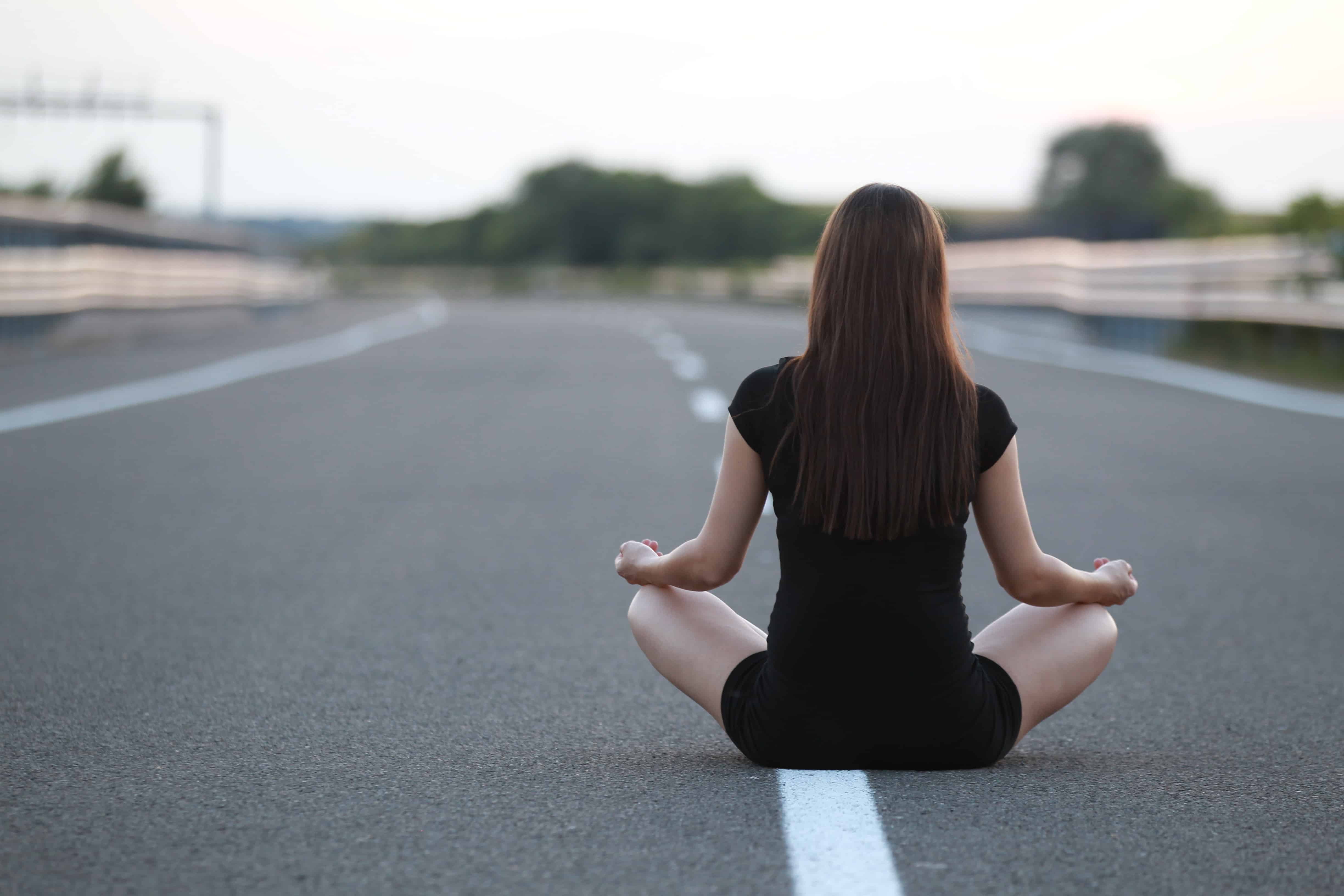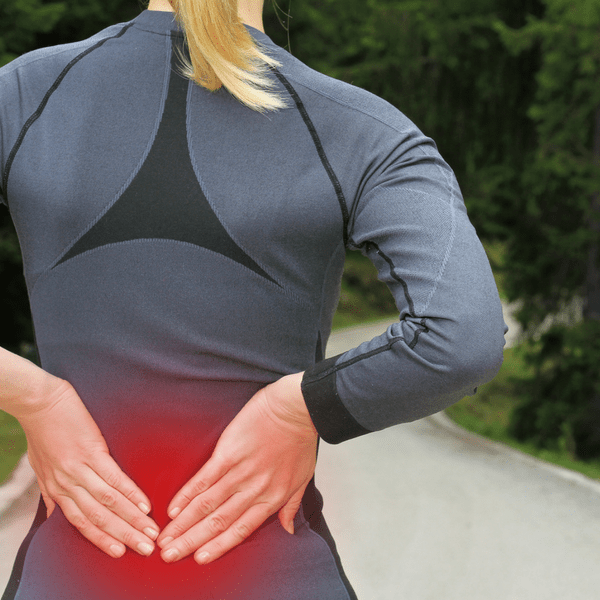Welcome back to part four of my six part series on how to diagnose and treat your Sciatica. This blog post is concerned with Sciatica symptoms that are caused by “Neural Tension.” I put Neural Tension in quotations because this may not really be the case and I will explain that in detail in just a little bit, but for the sake of this article, we will believe it is true.
Today’s article, just like the last few is going to be concerned with identifying the specific patterns associated with the Neural Tension type of Sciatica, the diagnosis and of course, the treatment.
So before I go into the bulk of this blog post let me quickly explain why I put Neural Tension in quotations above. For many years it was believed that if one had “Neural Tension,” the Sciatic Nerve was entrapped and there was possible irritation or inflammation of the outermost layer of the nerve. However, there has been some new research that suggests that the nerve itself is not irritated or inflamed but rather it is not receiving the blood it needs to function. This is a serious departure from the old model but has exciting possibilities. Because the treatment strategy is so similar for the pathology regardless of the cause (nerve inflammation vs poor blood supply), I have decided to include both treatments just to cover my bases and in fact, they work very nicely together anyways.
Theoretically the Sciatic Nerve can get stuck or caught anywhere down the chain. For a reference point it exits the spine from the Sacrum, courses down the back of the thigh, splits twice at the knee and then spits a few more times as it gets down into the foot. Our job today is not necessarily to find out where the hang up is because our treatment strategy will mobilize the tissue along its entire course. Symptoms of this condition usually include numbness, tingling, or pain down the back of the thigh that may go past the knee into the leg. Other symptoms may include: pain with sitting, pain with standing/walking/running, pain with a slump test (don’t worry I am bout to teach it to you in a moment) and pain at the Ischial Tuberosity.
On to our testing: the slump test. To perform the slump test, sit at the edge of a chair or a similar surface. Extend the affected leg and knee out straight, heel resting on the ground with the other leg resting comfortably with the knee bent at 90 degrees. Now, slump over like you are trying to tie your shoe and bend the foot of the straightened leg up towards your knee. Let your arms dangle comfortably at your side. Lastly, let your head bend down towards your chest. This is the position that puts the most tension on the nerves in your leg. If you are feeling a reproduction of symptoms in the straighten leg, you have a positive test. To double check that it is neural tension, raise your head up keeping the rest of your body in the same position and see if that decreases your symptoms. If it does, you can feel extra confident you have neural tension.
If you were able to reproduce your symptoms with the test explained above, you will want to carefully read the next few sentences because they are going to help you out a lot. The techniques I am going to describe are called neural flossing or neural glides depending on which tribe you belong to. The point of both is the slowly and gently mobilize the “stuck nerve” or supply blood to the nerve to get it to calm down. Let’s begin!
Neural Flossing: Lie down on your back with enough pillows under your knees to raise your thighs into a 45 degree angle. Use either a bed sheet or a yoga strap or a dog leash or whatever else you have on hand to lasso around the arch of the foot of the leg that hurts. With either hand holding an end of the bed sheet, passively raise the leg up until it is straight and the foot is slightly bent up towards the knee at a rate of 1 repetition every 2 seconds for a total of 30-120 reps. What is important to remember here is that when you get the knee fully straight, it should not flare you up or make your symptoms worse. The first few reps may be a little rough, but symptoms should quickly calm down and get better. If not, STOP! That should be emphasized here since I haven’t said it yet: You should feel better when you are done with this exercise.
Neural Glides: This exercise is similar to the movement of a leg when riding a bike. To begin, rest on your back with the pillows under your knee, thigh at 45 degrees with bed sheet around foot. This time you are going to gently pull your knee towards your chest while simultaneously pointing your toes down. Then straighten your leg back out while using the bed sheet to bend your foot up towards your knee. Repeat at slow comfortable intervals up and down with high repetitions of 30-120 reps. Again, this exercise should make you feel BETTER not worse. If symptoms start to flare up STOP!
This concludes our fourth blog post about Sciatica. Some of the tests and exercises here are tough to understand in writing so use our video to help you out if necessary. As always, if you have any questions or concerns about your condition, don’t hesitate to call me on my cell phone at 479-402-9400.




